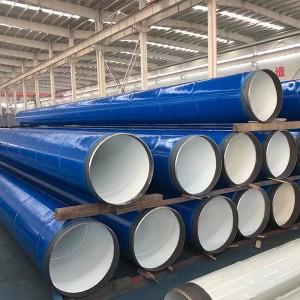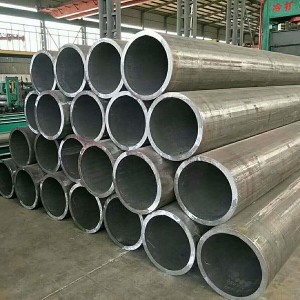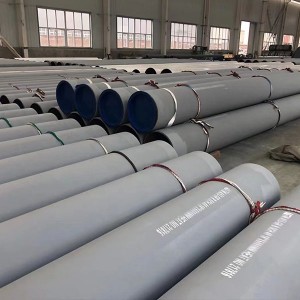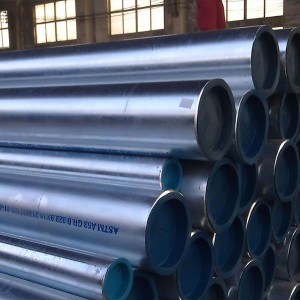Precision Cold Drawn Tube
Main applications: Automobiles, motorcycles, refrigeration equipment, hydraulic parts, bearings, pneumatic cylinders, and other customers who have high requirements for steel pipe accuracy, smoothness, cleanliness, and mechanical properties.
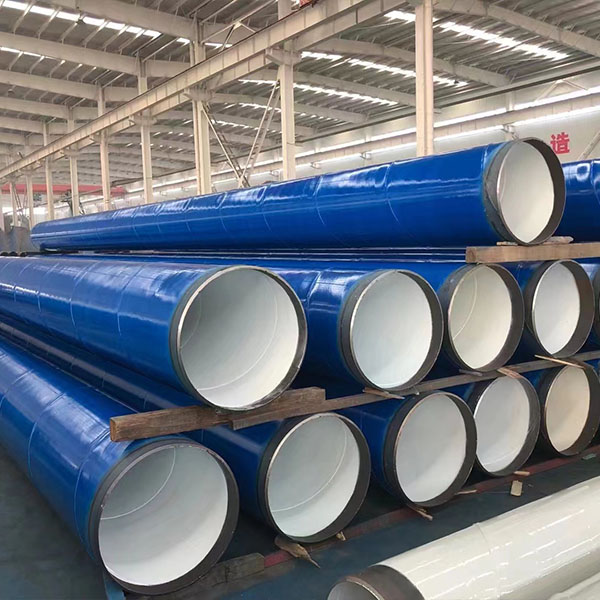
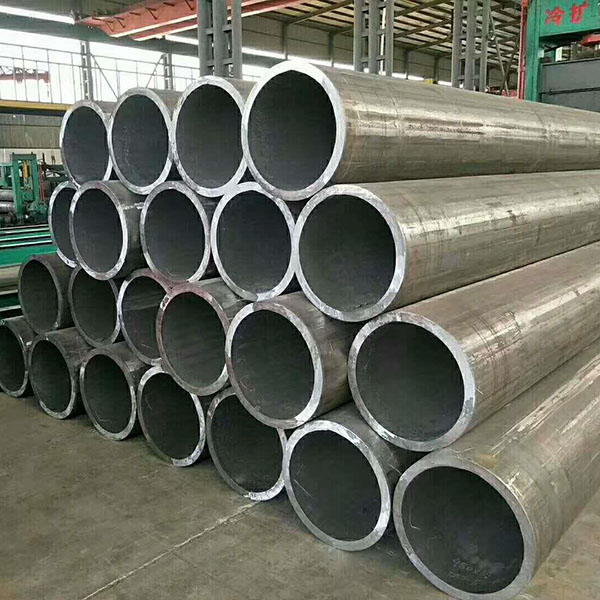
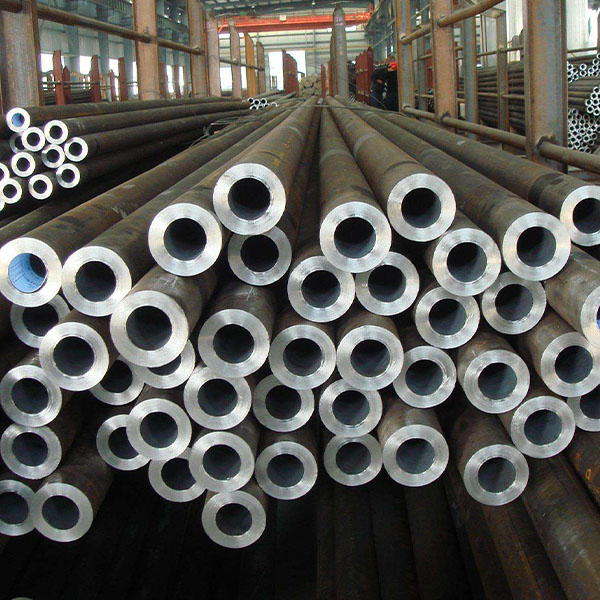
1, The main feature of ordinary seamless steel pipe is that it has no welded seam and can withstand greater pressure. The product can be very rough as-cast or cold drawn parts.
2, The precision cold drawn pipe is mainly the inner hole, and the outer wall size has strict tolerance and roughness, and the precision is extremely high.
The cold brittleness (or low-temperature brittleness tendency) of cold-rolled precision bright steel pipe is expressed by the toughness-brittleness transition temperature Tc. High purity iron (0.01%C) has a Tc of 100C, and it is completely embrittled below this temperature. Most of the alloying elements in the cold-rolled precision bright steel pipe raise the toughness-brittle transition temperature of the cold-rolled precision bright steel pipe and increase the tendency of cold brittleness. When the ductile fracture is above room temperature, the fracture of the cold-rolled precision bright steel pipe is a dimple fracture, and when it is brittle fracture at low temperature, it is a cleavage fracture.
The reasons for the low temperature embrittlement of cold-rolled precision bright steel pipe are:
(1) When the dislocations generated by the dislocation source during deformation are blocked by obstacles (such as grain boundaries, the second equal), the local stress exceeds the theoretical strength of the cold-rolled precision bright steel pipe and causes microcracks.
(2) Several plugged dislocations form a microcrack at the grain boundary.
(3) The reaction at the intersection of two {110) slip bands causes immovable dislocation %26lt;010%26gt;, which is a wedge-shaped microcrack, which can split along the {100} cleavage plane (see Figure 1b).
The factors that increase the cold brittleness of cold-rolled precision bright steel pipes are:
(1) Solid solution strengthening element. Phosphorus increases the toughness-brittle transition temperature the strongest; there are also molybdenum, titanium and vanadium; when the content is low, it has little effect, but when the content is high, the elements that increase the toughness-brittle transition temperature are silicon, chromium and copper; reduce toughness-brittleness The conversion temperature is nickel, and the toughness-brittle conversion temperature is manganese.
(2) Elements forming the second phase. The most important element for cold brittleness of cold-rolled precision bright steel pipes with the second phase is carbon. With the increase of carbon content in cold-rolled precision bright steel pipes, the content of pearlite in cold-rolled precision bright steel pipes increases, with an average increase of 1% of the volume of pearlite. The toughness-brittle transition temperature increased by 2.2°C on average. Figure 2 shows the effect of carbon content in ferrite-pearlite steel on brittleness. The addition of microalloying elements such as titanium, niobium and vanadium will form dispersed nitrides or carbonitrides, causing the toughness-brittle transition temperature of cold-rolled precision bright steel pipes to rise.
(3) The grain size affects the toughness-brittle transition temperature. As the grains coarsen, the toughness-brittle transition temperature increases. Refining the grains reduces the cold brittleness tendency of cold-rolled precision bright steel pipes, which is a widely used method.





